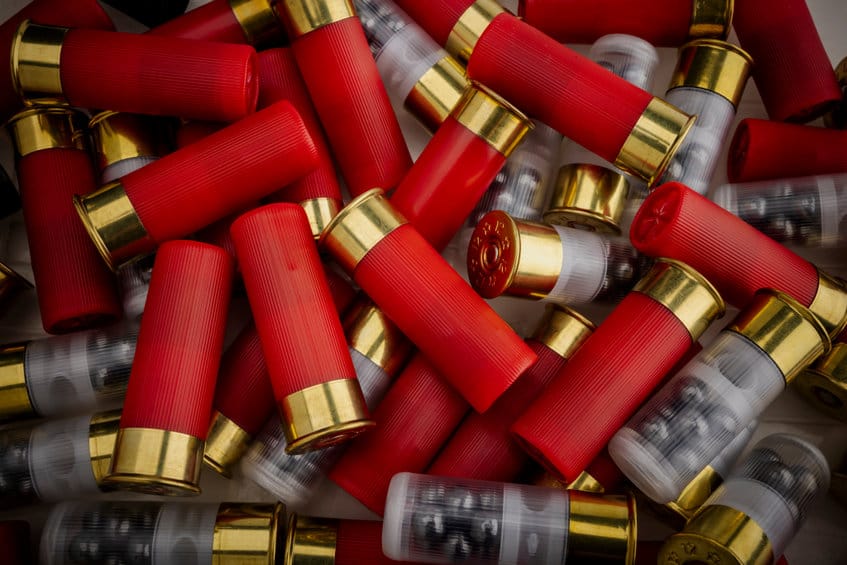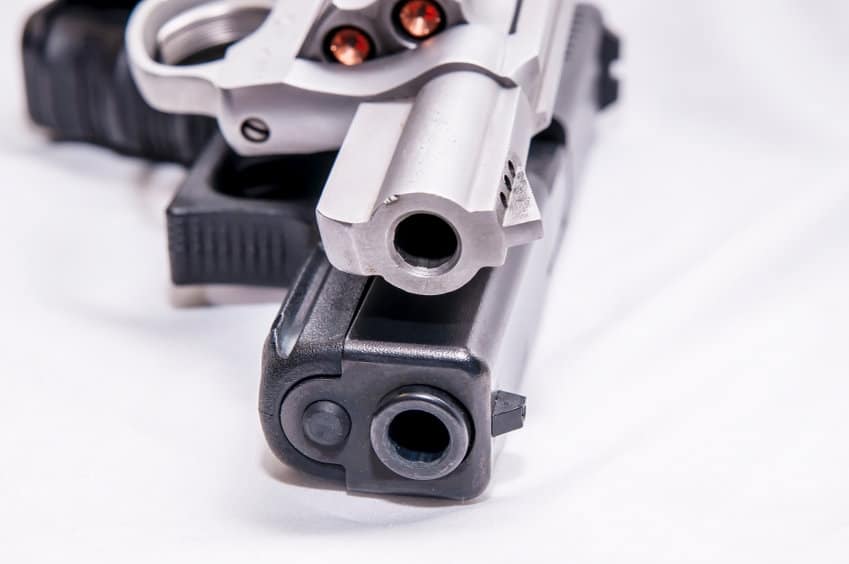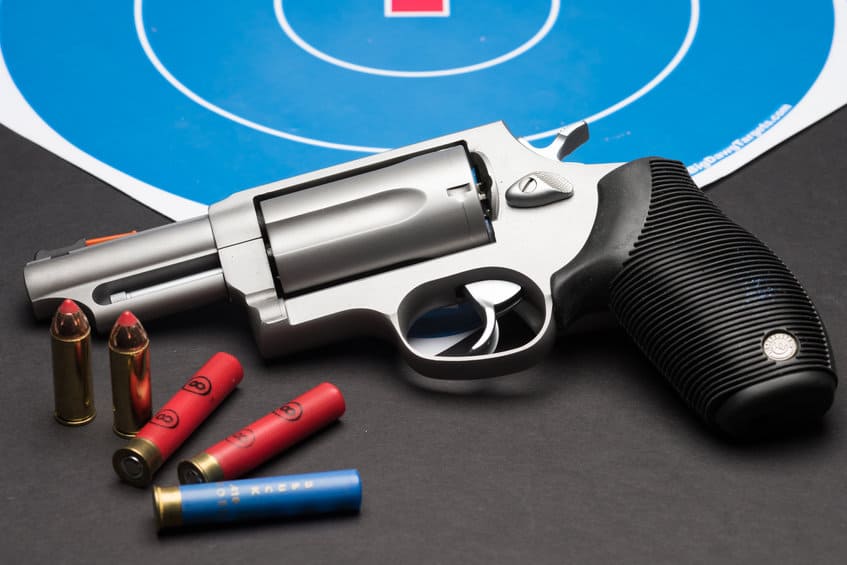Sizing shotgun gauges can be confusing. After all, they do not reference a specific bore diameter (for the most part) like rifle calibers. So why the odd numbering system that gets bigger when the shell gets smaller?
Table of Contents
What Does Gauge Mean?
The gauge of a shotgun is determined by the number of lead balls at bore diameter that it would take to equal a pound, for example, twelve lead balls per pound equal the diameter of one of those balls being considered as twelve-gauge.
This was a continuation of the way cannon bore was called out, where the weight of the iron ball in pounds was given as the size of the cannon. When the weight of the ball drops below one pound or less, then the unit of measure switches from pounds to gauge.
Exceptions
No rule is absolute. In the world of shotguns, we have a couple that do not conform to the norm. These are the .410 shotshell and the 9mm Flobert rimfire shotshell. Both are known by the measurement of their bore diameter.
Both the .410 and the 9mm Flobert were conceived in Europe as garden guns for dealing with pests in the vegetables, and they work very well in that role. If the .410 were to be referred to by gauge, it would be a 67.62 gauge. Personally, I think they had the right idea calling it the .410.
Another wrinkle to the gauge rule is the old large-bore express guns of the black powder era. When loaded from the muzzle with a round ball, these massive rifles were the same bore diameter as their shotgun counterparts. But when breech loaders firing self-contained cartridges came into vogue, things changed. The conical bullets atop these cases weighted more than the old round ball, and that increase in projectile weight changes the gauge of the gun. For example, a 2-bore rifle firing conical bullets will have nearly the same bore diameter as a 4-bore muzzle-loading rifle because projectile weight is the same as a 2-bore round ball, except that the conical is longer and skinnier so the bore is smaller.
A video of some gentlemen firing one of these behemoths is embedded below. The rifle in question is a 2-bore build by England’s own Giles Whittome. This rifle is the most powerful sporting weapon available today.
Not to be left out, the Russians produced a pump-action shotgun called the TOZ-23 that was roughly a 6.76-gauge by British measurement or 4-gauge if you using the metric CIP tables. It was briefly available in the US prior to the 1994 Assault Weapons Ban, but is now discontinued.
Anatomy of the Bore.
The interior of a shotgun barrel (the bore) is not often the gauge diameter for most of its length. The barrel starts with the chamber end, which is oversized to accommodate the shell. Then there is the forcing cone, a tapered area to help compress the shot column to bore diameter.
Many shotguns now have back-bored barrels (sometimes called over-bored) where the bore is cut oversize to improve patterns and reduce chamber pressure and recoil. The last segment is the choke, where the bore size constricts to compress the shot together for a tighter pattern.
Gauges Available
The most common gauges of shotgun available are 10 (.775 bore), 12 (.725 bore), 16 (.665 bore), 20 (.615 bore), and 28 (.545 bore) (.410 is not a gauge). The 16 and 28 gauges are less common than the 12 or 20, but both are popular with upland game hunters, and the 28 is used frequently on the skeet field. My dad loved it as a pheasant gun, carrying his Remington 1100 loaded with Fiocchi shells in #4 or #6 shot. Sometimes the .410 has been referred to as a 36 gauge. This designation is not correct but resulted from inconsistent and inaccurate labeling by manufacturers during the early years of cartridge firearms.
Oddballs
There are several other gauges in use throughout the world that are less common in the United States. These are the 14, 24, and 32 gauge. The 14 gauge was very popular with British shooters during the muzzle loading era, and many fine percussion double-barrel shotguns can be found in this chambering. Some foreign makers produced cartridge guns for 14 gauge, but they are rare.
In the late 1950’s Winchester tried to revive this gauge by chambering several model 59 shotguns in 14 gauge, but there was no interest from the public. The most prevalent use of the 14 gauge was the 12/14 Greener-Martini Police Shotgun. To prevent police weapons from being captured by natives and turned against the Empire, the Brits created a stepped shell with a 12-gauge base and a 14-gauge upper section so that regular 12-gauge shells could not be chambered and fired.
The 24 gauge is a common upland chambering in Europe and used for doves in South America. Shells and guns chambered in 24 gauge turn up occasionally in the United States, with many being veteran bring-backs from WW2.
The 32 gauge is a near twin to the 28 gauge and never got traction against its big brother. Harrington & Richardson briefly chambered a single shot in this gauge in the 1980s. These guns were fully rifled and featured a blank cartridge adaptor to shoot tranquilizer darts. The ability to also chamber 32-gauge shells was a happy coincidence that allowed the weapon to pull double duty for pest control.
Conclusion
While the gauge system is an archaic method of measurement, it has served the shooting community well for the last few centuries. The rare gauges can be fun to collect and shoot if you are into standing out in a crowd and are worth a look. And if someone asks why a larger shell has a smaller numerical designation, you can now answer them.




